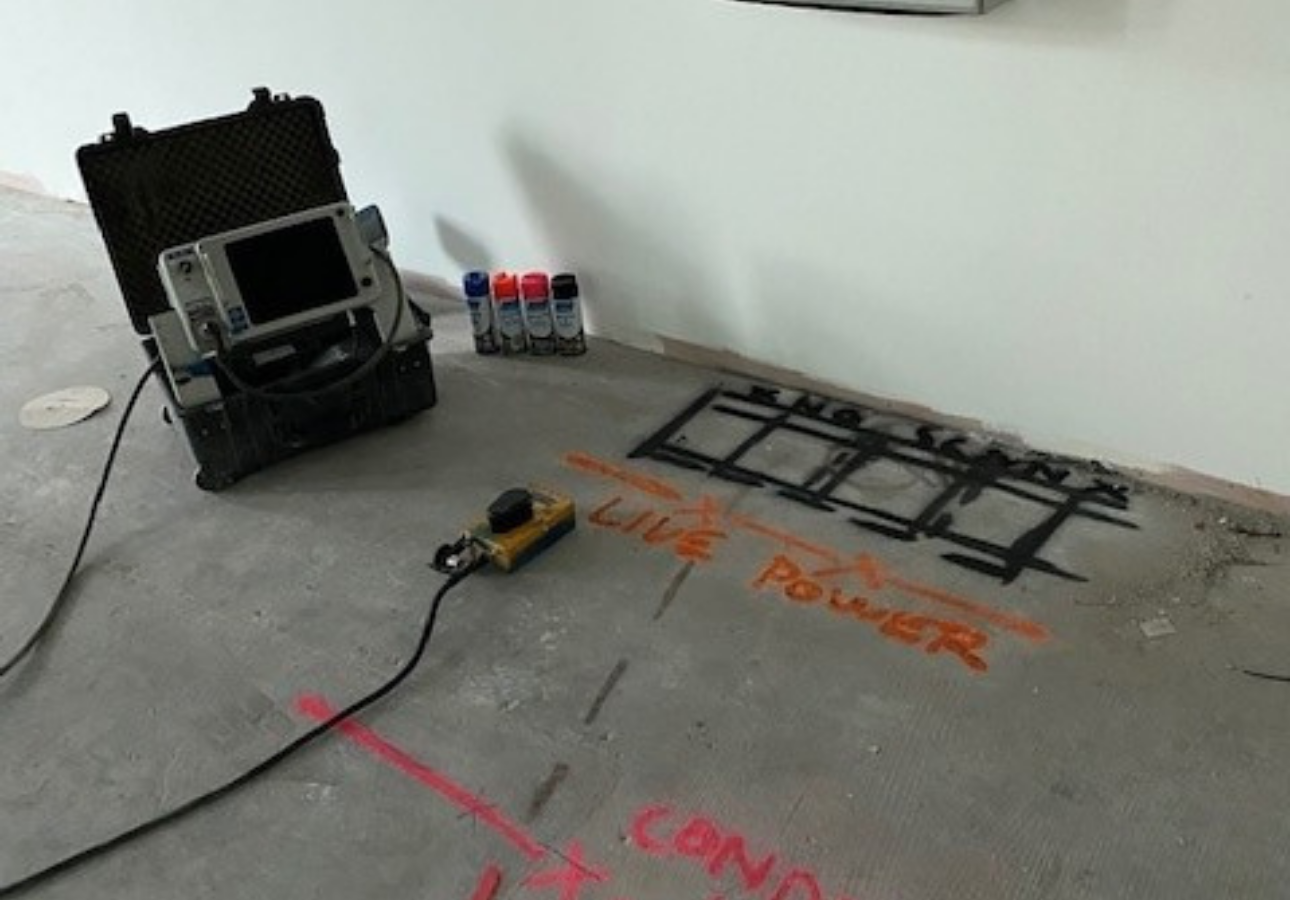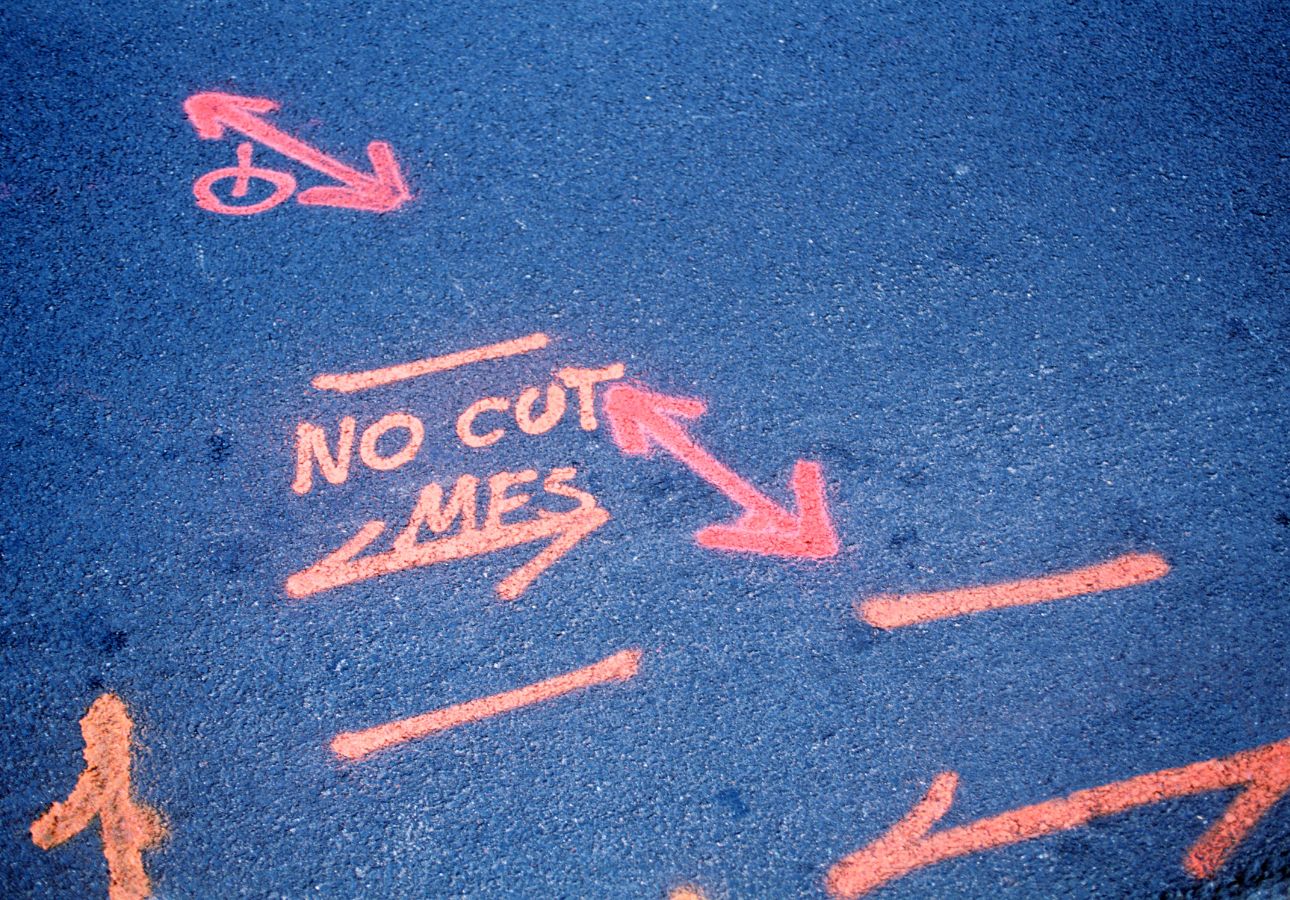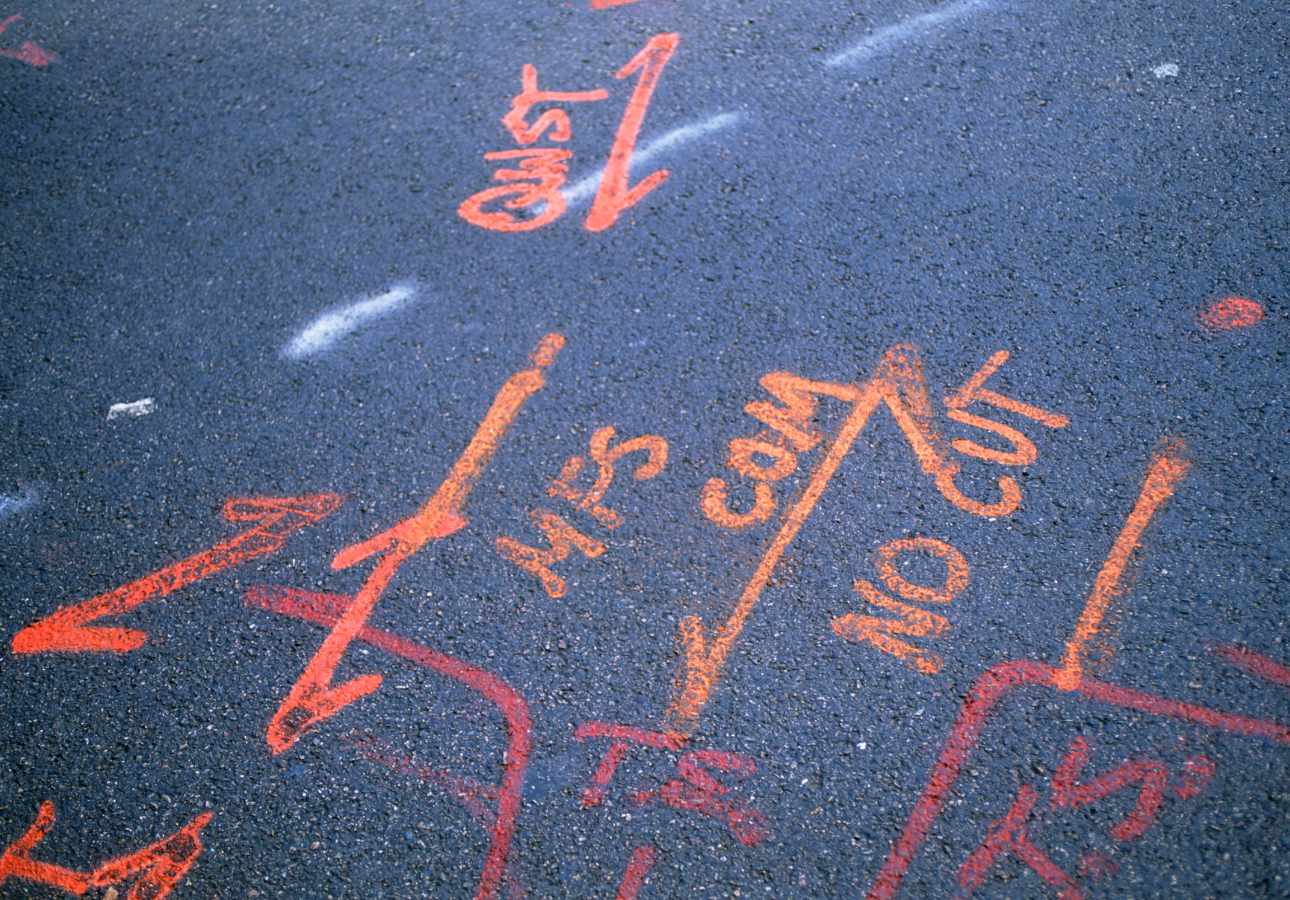What is GPR Scanning?
Ground Penetrating Radar (GPR) Scanning is an imaging system that uses safe and non-destructive radio waves to capture images of what’s going on underground or in solid structures like concrete. The technology dates back more than 100 years, where it was originally developed to help researchers locate underground objects. It’s used in much the same way today, although the systems we use are more sophisticated and capable of imaging at much greater depths and resolutions. GPR scanning now sees use all over the word. A skilled operator can use scans to detect changes in solid surfaces, locate underground utilities and avoid costly mistakes during construction projects.
How Does GPR Scanning Work?
GPR scanning uses electromagnetic radio waves to image solid surfaces and detect places where there is a change in electrical or magnetic properties. That might sound complex, but the principle behind GPR scanning is simple. An antenna emits radio waves that penetrate the solid surface - usually the ground or a concrete structure - and measures how the radio waves are reflected. Radio waves that meet irregularities in the structure are reflected differently, and the operator can use that information to find things like changes in the substrate or the presence of underground objects.



What Does GPR Scanning Detect?
Lots of industries use GPR scanning for a wide variety of applications. Typically, GPR scanning is used to detect everything from underground pipes, wires and utilities through to changes in the composition of soil and the presence of buried objects. GPR scans are also widely used in industries that work with concrete and other solid materials like tarmac, using scanners to detect the presence of reinforcement, utilities, post tensioning and structural voids and faults. But the technology is versatile, and while many construction industries make heavy use of GPR, it’s also used in mining, military, research, archaeology and many other fields.
What Are The Uses of GPR Scanning?
Hundreds of industries make wide use of GPR scanning, but it’s most commonly used to detect underground utilities in construction projects. Traditional electromagnetic induction tools could only find conductive utilities, making them a poor choice for locating things like plastic pipes.
Because GPR scanning simply measures the way radio waves are reflected, it can detect most changes that occur beneath the surface. This is especially useful for concrete structures. Over time, as buildings are updated and renovated, services get replaced or moved from their original position. Rather than risking cutting through services and holding up a project, GPR scanning can be used to quickly and simply locate utilities that need to be avoided or moved. Similarly, GPR is widely used in the engineering of concrete structures, where it’s used to detect voids, cracks and other defects that could lead to failure.



Why is GPR Scanning Important?
Bringing more information to a project is the best defence against costly construction mistakes. GPR scanning can help avoid issues like cutting through active services that can set a project back or even cause serious injury. Particularly for concrete structures, GPR scanning is critical to ensuring the ongoing safety of buildings. Locating cracks, voids and defects in concrete is made much simpler with the help of non-invasive imaging techniques. GPR is an excellent tool for supporting engineering and construction projects, ensuring they can be achieved safely, on time and on budget.
Need GPR Scanning Performed? Contact GPR Concrete Scanning & Coring Today!
While the principles behind GPR scanning are simple enough, it’s always important to have scans performed by experienced professionals. Avoiding costly mistakes and guaranteeing the safety of your buildings means you need to be able to rely on the results of any scans. GPR Concrete Scanning & Coring has experienced operators to carry out a wide range of GPR scanning tasks. We work with a variety of clients, and our trained personnel can deliver the accurate results your project needs. Get in touch with us today if you’d like more information on our services or would like to book an appointment.


No Comment